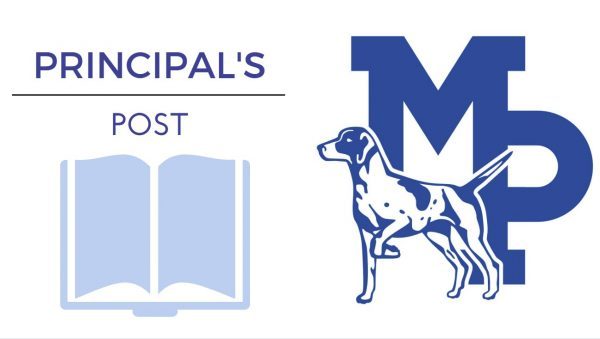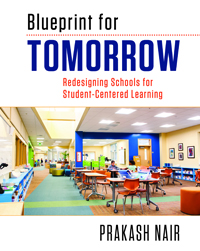 Later this May, professionals from HSR Design (our architecture firm) will be available during the school day to take questions and collect feedback from staff about the building renovation. Time is yet to be determined, but they should be available long enough for everyone to have an opportunity to speak with them.
Later this May, professionals from HSR Design (our architecture firm) will be available during the school day to take questions and collect feedback from staff about the building renovation. Time is yet to be determined, but they should be available long enough for everyone to have an opportunity to speak with them.
As educators, we know that to have questions and to suggest ideas about a certain topic, we need some background knowledge about what it is we are discussing. That is why I have been reading up on modern school design from a source recommended by Heidi Hayes Jacobs, Blueprint for Tomorrow by Prakash Nair.
In a previous post, I shared Nair’s four design principles for schools: be welcoming, be versatile, support varying and specific learning activities, and send positive messages. The author explains that the challenge of traditional schools is they were not built with these principles in mind. As Nair notes (1):
“Traditional school buildings fall far short when evaluated against the goals of student-centered learning. That is not surprising, because older school buildings were not designed to facilitate modern methods of teaching and learning. In fact, an older school building actually prevents the delivery of a true twenty-first century education.” (my emphasis)
Our opportunity addresses this sense of urgency to redesign our school that meets today’s needs of a modern education. Nair lists six strategies the design principles should support.
- Student-centered learning: To encourage students to become more self-directed and improve their social and emotional development while building essential understandings, knowledge, and skills.
- Teacher collaboration: To build social capital (trust, relationships) in order to design more effective student learning experiences.
- Positive school climate: To promote positive communication and collaboration skills in students for both academic and social-emotional needs.
- Technology integration: To rethink how information is shared and how learning is both mediated and represented in the digital age.
- Flexible scheduling: To create physical learning communities – adaptable learning spaces – for a variety of instructional needs.
- Connection to the environment, community, and global network: To bring in the natural world while reducing the use of energy and toxic substances; to teach and to learn within a connected world.

If your interest is piqued on this project and process, I have a few extra copies of Nair’s book. From time to time, I will continue to share my responses to the text as the building renovation proceeds. The more prepared we are now to envision the school we want, the more likely our goals will be realized.

